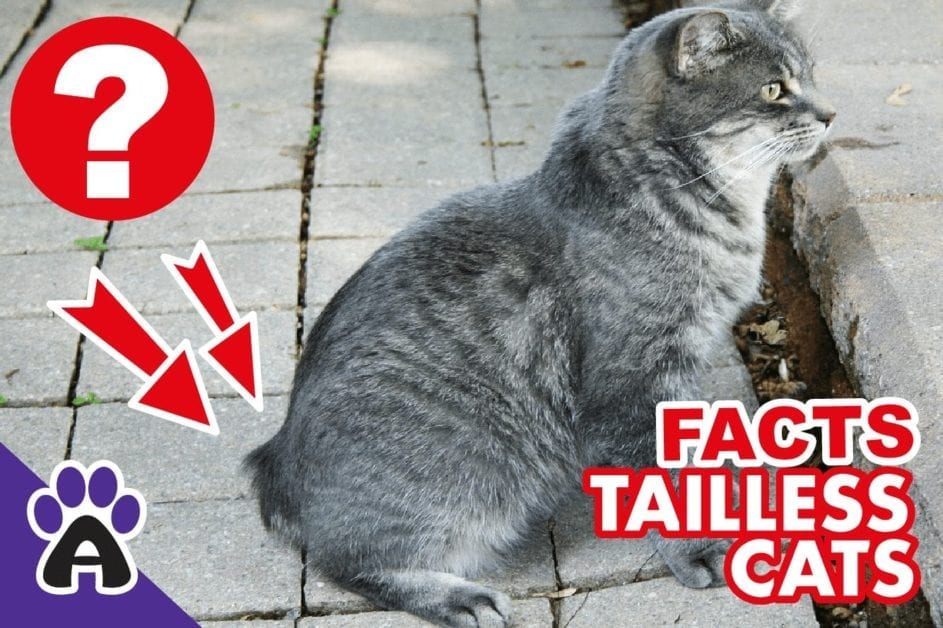Among the two hundred cat breeds that have been registered with international associations, there are barely a dozen that are tailless. Those who do not visit the exhibitions probably have not seen such pets live.
Some aboriginal short-tailed cats have a millennial pedigree, but their distribution has always been limited.
Origin Of The Tailless Breed
The most interesting legend about the origin of the breed refers to one ancient cat, which was crushed by the door with its tail due to constant delays. This action happened regularly, so each new litter of kittens was born with shorter tails.
Since then, short-tailed cats have creases and knots on the short “stump” that they inherited from their ancestors.
The next myth attributes the representatives of the short-tailed breeds to the descendants of the lynx family. In their appearance, there are indeed common features that can convince anyone of the validity of such conclusions. Even a chromosome map of two types has 38 elements each – the most important fact from the supporters of such a theory.
The next hypothesis, unlike the previous stories, looks more plausible. Kittens were born with normal tails, but the mother cats chewed them off since the cubs did not fit in the cramped den.
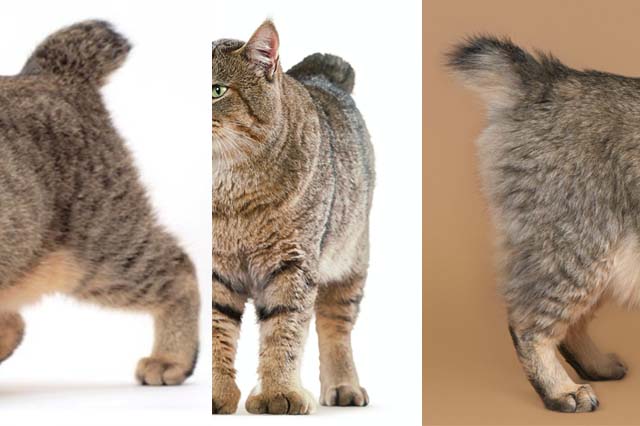
It was by the tail that the predator could pull the kitten out of the burrow. Later, a natural mutation occurred, as a result of which the short-tailed breeds appeared.
And the latest version, which is related to genetics. By a strange coincidence, all tailless breeds originate either on island territories or in states with a closed way of life.
The oldest breed of short-tailed cats, the Japanese Bobtail, came to the islands from ancient China and lived in isolation for several centuries. In such conditions, it is possible to start the natural process of inbreeding (closely related crossing), which can be the cause of genetic abnormalities.
On the other side of Europe, off the coast of Ireland, on the Isle of Man, a similar story happened. Here local cats with short tails have been known for several centuries, but they got outside their territory only at the end of the 19th century, when they represented an already established and stable group.
General Characteristics Of Tailless Cats
Short-tailed cat breeds almost always contain the designation “bobtail”. The exception is Kimrick and Manx – two branches of the same pedigree group, which differ only in the length of the coat.
All aboriginal cats with short tails are similar to each other:
- Quite large animals with high legs, the body is covered with thick water-repellent fur.
- The hind legs are longer than the front ones.
- They are easy to learn, have the ability to memorize acquired knowledge for a long time.
- They quickly become attached to people.
- They are not afraid of water, they swim with pleasure, and are excellent at catching fish.
- Active, mobile, with a large supply of strength.
- Cats with short tails are very responsible for raising their offspring.
- These animals mature very early, especially the Manx and Kimrick. By six months, they are already capable of producing offspring.
It is unfair to call these cats completely tailless. The tail length can be arbitrary, but shorter than that of other breeds, ideally, the tail should not fall below the hock of the hind legs or be less than 1 to 2 inches.
Individual requirements are provided by the standards of international expert associations.
List Of Cat Breeds Without a Tail
In the first place are the aborigines, who became the ancestors of today’s short-tailed cats.
Japanese
Bobtail (cat without a tail) is a breed with a thousand-year history. These animals have a flexible, muscular body, elongated limbs, and a short tail with a fur pom-pom at the end.
In Japan, such a cat is considered a cult animal for its unsurpassed hunting skills.
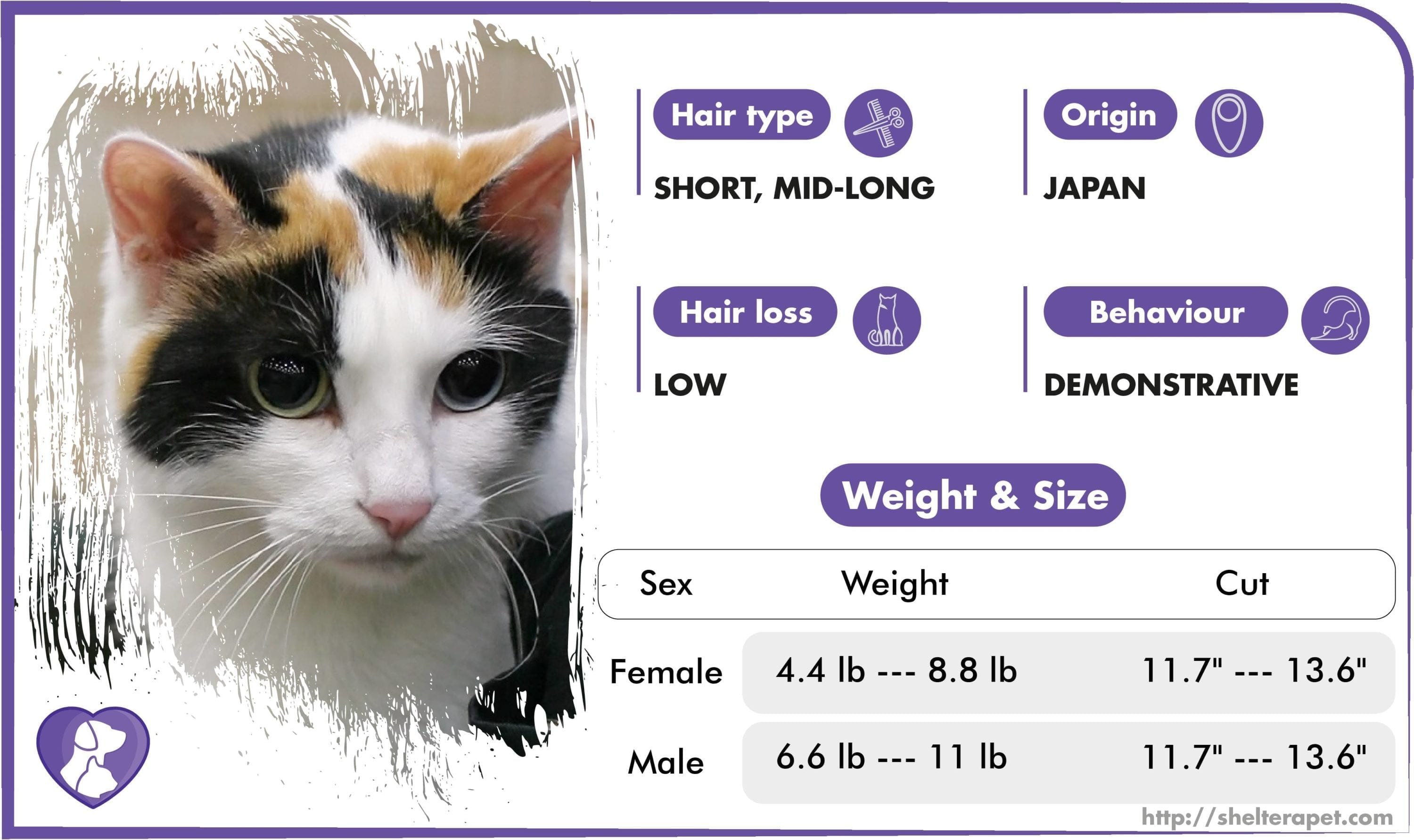
Kuril
A group that formed in the Far East. Obviously, the local bobtail breed developed with the participation of Japanese cats. It was only in the last quarter of the last century that the Kurilian Bobtail first appeared on the Eurasian continent.
Representatives of this breed have a standard wild color and a remarkable pompom tail. It is stably inherited by the offspring and does not cause health problems.
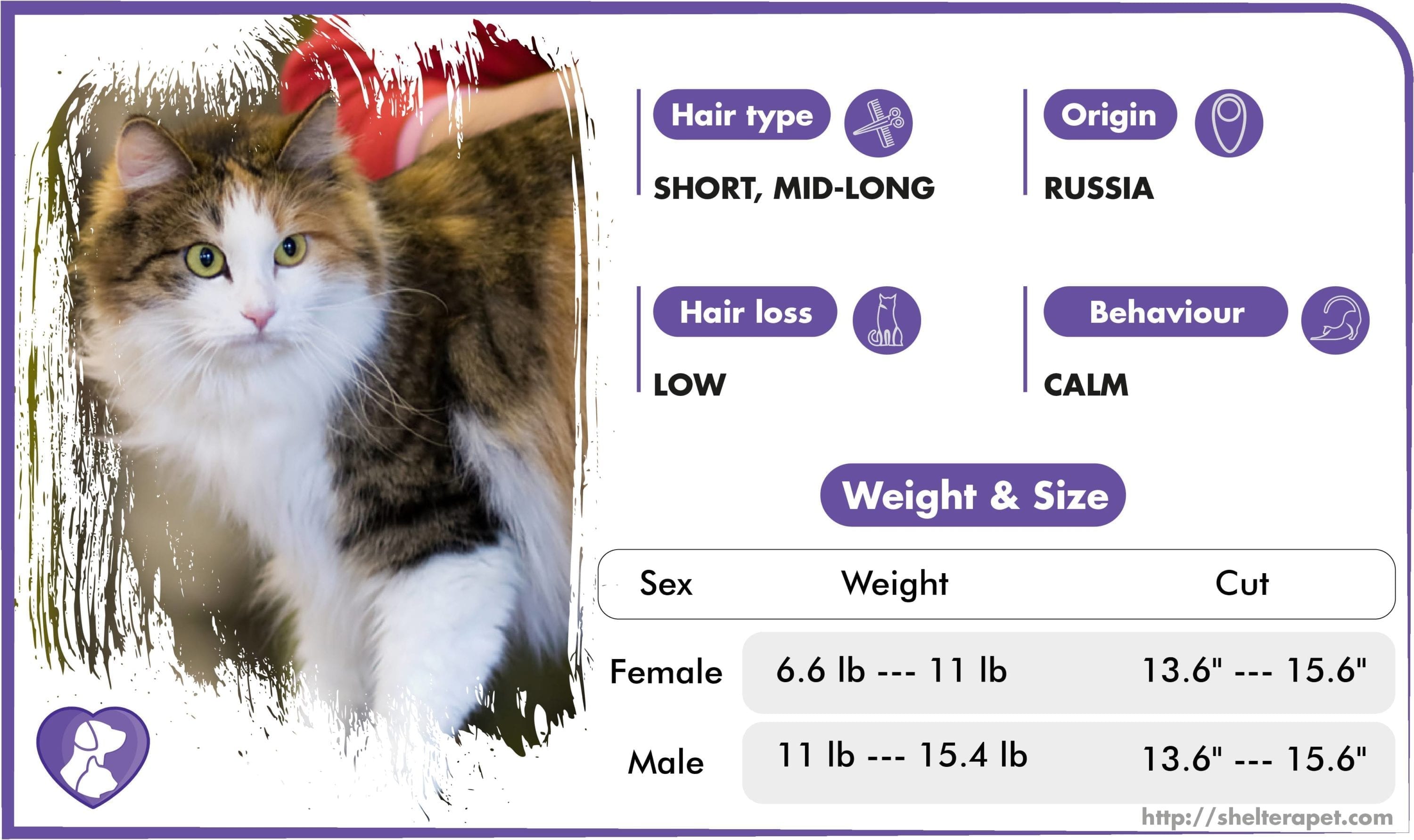
Manx and Kimrick
Elders of a tailless tribe from Old Europe. They are interesting for two features:
- Small kittens are born with a short tail or no tail at all. There are 4 categories that denote the length of the scion (rumpy, riser, stumpy and longy). The first one indicates taillessness, and the last one indicates normal length.
- Secondly, the breed provides options for composing a parental pair – kittens die in two individuals with the tailless gene. Therefore, one of them must be tailed.
The difference between Manx and Kimrian cats lies in the length of the hair. Initially, they were short-haired, and experts culled long-haired animals. But when the long-haired cats formed a large group, they gave it the name kimrick and registered it as a separate breed.

Karelian bobtail
Another representative of the Russian aboriginal breed from the shores of Lake Ladoga. Initially, it was attributed to a variety of smokers, but later genetics revealed that they did not have common characteristics. Since then, Karelian tailless seals have been considered a separate species.
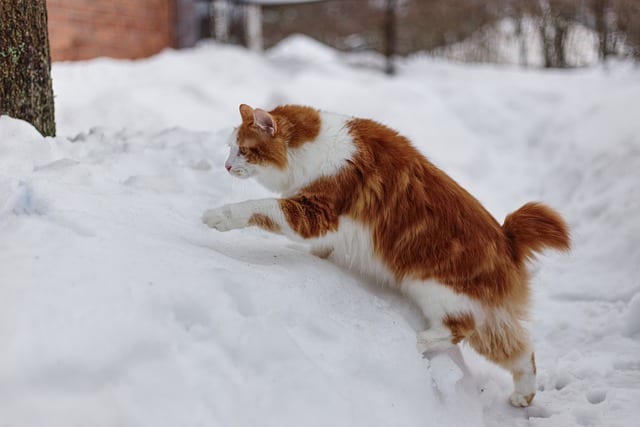
Hybrid Tailless Breeds
In the XX century, on the basis of naturally formed breeds, new species of mixed breeds and hybrids of cats with short tails appeared.
- The Mekong Bobtail is a Russian descendant of the ancient Siamese tailless. Because of the acromelanic color inherent in Asian cats, it is called the Thai bobtail.
- Pixie bob in a spotted color, with lynx tassels on the ears and a characteristic predatory appearance. It was bred in the United States at the end of the last century from the parental line of wild forest short-tailed cats.
- The American Bobtail is another “representative” of the New World. His selection took place in the mid-60s. According to one version, the ancestors of this breed were lynxes and local short-haired cats.
Tailless cat breeds are not widespread and are considered quite rare species. And the animals that were born as a result of recent experiments (snow-bob, toy-bob, twisty, oriental bobtail, ouhi-bob) are generally familiar to cat lovers only from photographs and rare reports from exhibitions.
Pros And Cons Of Tailless Cats
Keeping tailless cats does not differ from the rules that have been established for other breeds:
- Weekly combing (during molting – daily).
- Bathing does not create problems for the owners of aboriginal bobtails – animals love water and willingly enter it.
- All short-tailed cats are attached to people and are devoted to their owners.
- Stable immunity and good genetics – representatives of these breeds are not prone to hereditary diseases.
- Short-tailed cats do not belong to long-livers, but with satisfactory care, all breeds stably live up to 15 years.
Short-tailed cats are considered by many to be strange, unusual animals. In fact, the tailless groups are distinguished by outstanding intelligence and robust health. If one day a person gets a cat with a small pompom tail, then in the future they will never become a fan of another breed.

